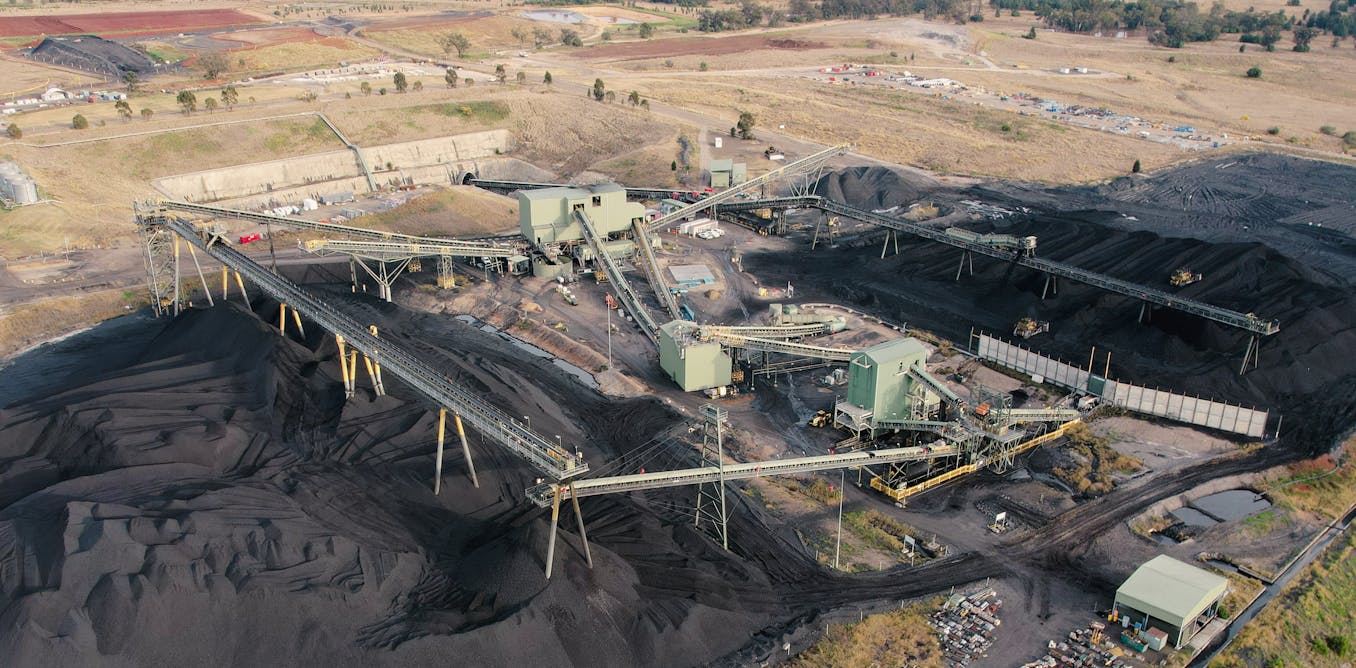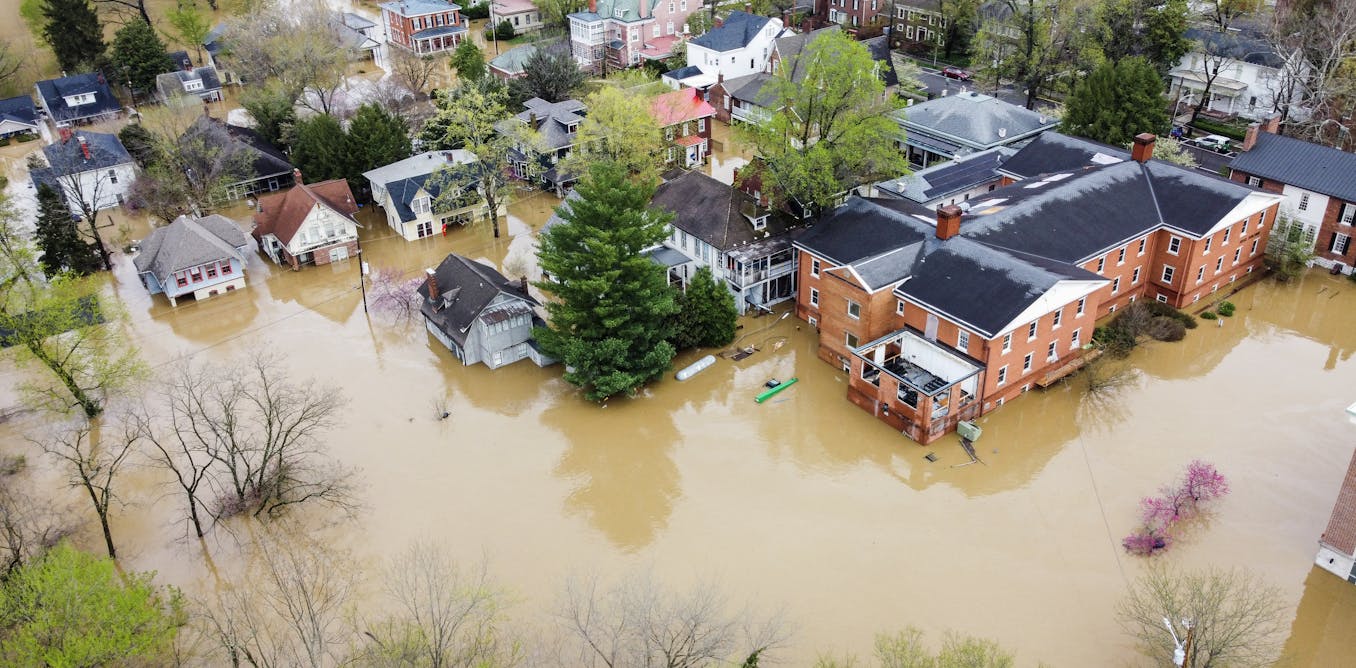Federal Environment Minister Tanya Plibersek’s recent decision to approve expansion plans for three New South Wales coal mines disappointed many people concerned with stabilising the global climate.
Two of these mines, Narrabri and Mount Pleasant in New South Wales, featured in the high-profile but ultimately unsuccessful Living Wonders court case, intended to force the federal government to take account of climate damage done by coal mine approvals. A lawyer involved in the case said Plibersek’s decision showed a refusal to “recognise their climate harms”.
Why did Plibersek sign off on this? She has argued the mines will abide by domestic industrial emissions rules. As her spokesperson told the ABC:
The emissions from these projects will be considered by the minister for climate change and energy under the government’s strong climate laws.
But these laws apply only to emissions produced in Australia, which in this case will be from extracting and transporting coal and the relatively small amount of coal burned here. Most of the coal will be exported and burned overseas. Australian laws do not count those much larger emissions.
The government is effectively washing its hands of the far larger emissions created when the coal is burned overseas. Since taking office, the Albanese government has approved seven applications to open or expand coal mines. Just this week, NSW Treasurer Daniel Mookhey said his state would keep exporting coal into the 2040s.
This reasoning doesn’t stack up. If we stopped expanding coal mines, coal would get more expensive – and we would accelerate the global shift to clean energy.
How can more coal be compatible with net zero?
Under the 2015 Paris Agreement on climate action, nations must publicly commit to domestic emissions reductions goals and are expected to steadily ramp up ambition.
But these emissions cuts are domestic only – we don’t measure the emissions we enable by exporting coal and gas.
The Albanese government has increased domestic ambition by committing to a 43% reduction on 2005 figures by 2030. This seems to be a substantial advance on the 26-28% commitment made by the previous government. In reality, internal tensions in the Morrison Coalition government handed Labor an unintentional gift.
In 2021, estimates suggested Australia was already on track for a 35% reduction. But internal opposition among Coalition backbenchers stopped Morrison announcing this as a target. As a result, Labor’s change looks about twice as impressive as it should.
Still, progress is happening. Domestically, Australia is now burning less and less coal.
But in terms of exports, the government’s position – clear in Plibersek’s decision as well as the government’s plan to keep gas flowing for decades – is as long as there is a demand for coal and gas from other countries, Australia will be ready and willing to meet it.
Most of the coal unlocked by Plibersek’s decision will go overseas, given NSW exports 85% of its coal to partners such as Japan, China, South Korea and Taiwan.
How does the government defend this?
Expanding coal mines while maintaining a public commitment to net zero is a consistent theme between this government and its predecessor, which also committed to net zero. It meets a minimal interpretation of our legal obligations under the Paris Agreement, but maintains the planet’s path towards dangerous warming.
In her statement of reasons given in 2023 as to why the Mount Pleasant mine expansion should be permitted, Plibersek and the Labor government offer several defences.
The first is she is simply acting in accordance with Australian law, as the project would comply with “applicable Commonwealth emissions reduction legislation”. This is a weak reed, to put it mildly. The Albanese government, with the support of Greens and independents, can change the law whenever it chooses.
In reality, the government has steadfastly resisted pressure to include a “climate trigger” in Australia’s environmental approval processes. Their resistance is relatively new – as recently as 2016, Labor policy included a climate trigger for land clearing.
Labor’s second defence has often been dubbed the “drug dealer’s defence”. That is, if Australia didn’t export coal, other producers would take our place. As Prime Minister Anthony Albanese has put it:
policies that would just result in a replacement of Australian resources with resources that are less clean from other countries would lead to an increase in global emissions, not a decrease.
As I’ve argued previously, this defence doesn’t work. Coal is subject to a rising cost curve – if we stopped exporting it, new or expanded production from other sources would cost more to extract and hence be priced higher. More expensive coal would, in turn, accelerate the global energy transition. We do have agency – we could choose not to unlock more coal.
Finally, Plibersek claims emissions from burning Mount Pleasant coal – estimated at over 500 million tonnes of carbon dioxide equivalent over the mine’s extended lifetime – would not be “substantial” relative to total global emissions. For context, Australia’s total emissions are now less than 500 million tonnes a year.
This “litterbug’s defence” suggest Australia’s emissions – whether produced domestically or exported – are not big enough to make a difference. This is not true – we are now the second largest exporter of emissions globally, after Russia. That is due largely to coal.
Are fossil fuel exports untouchable?
There’s a huge gap between global pledges to cut emissions and the reductions needed to actually achieve the Paris targets. Most countries we export coal and gas to are not yet on a path to achieve the reductions in emissions necessary to stabilise the global climate – though China’s emissions may, remarkably, be about to decline.
That’s why we need to press for decarbonisation at every stage of the energy system, from extraction of coal, oil and gas to the financing of new carbon-based projects as well as at the point where the fuel is burned and emissions produced generated.
The problem for Australia is we sell a lot of coal and gas – more than ever before. So even as solar and wind energy begins to displace coal and gas in domestic power generation, our coal and gas exports seem all but untouchable.
We should be saddened but not surprised at this pattern. The Albanese government seems guided by the principle of doing nothing to generate substantial opposition – and to count on the fact a Dutton Coalition government would do even less.

The post “Expanding coal mines – and reaching net zero? Tanya Plibersek seems to believe both are possible” by John Quiggin, Professor, School of Economics, The University of Queensland was published on 10/21/2024 by theconversation.com





































Leave a Reply